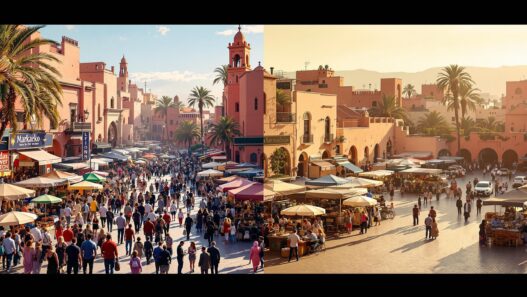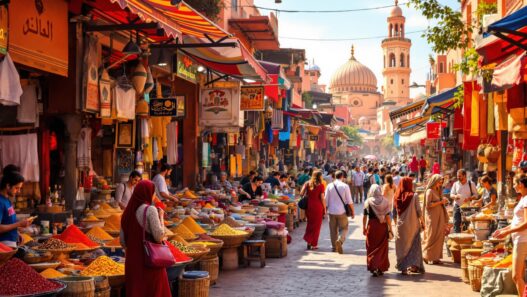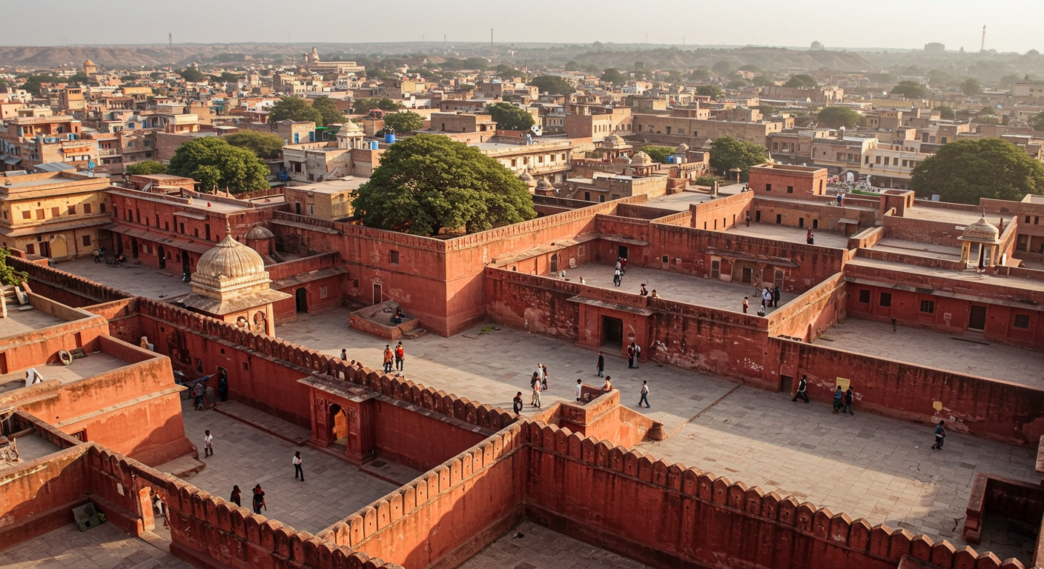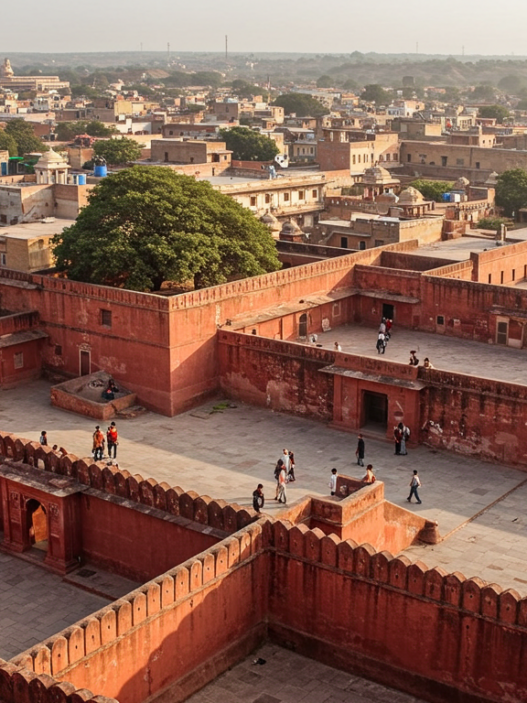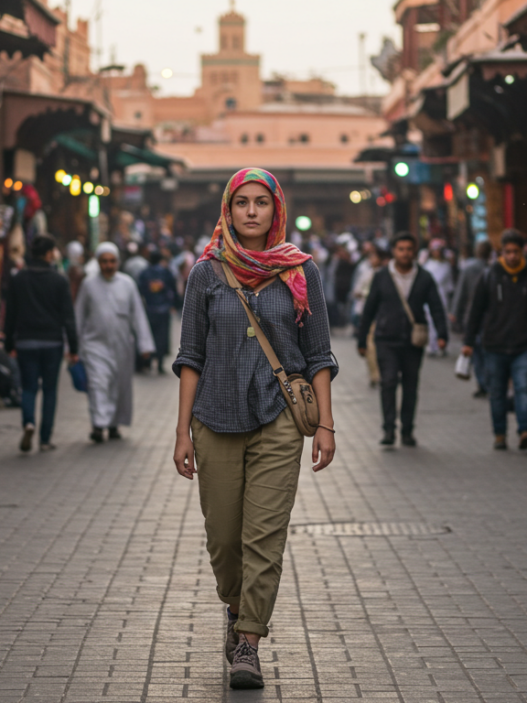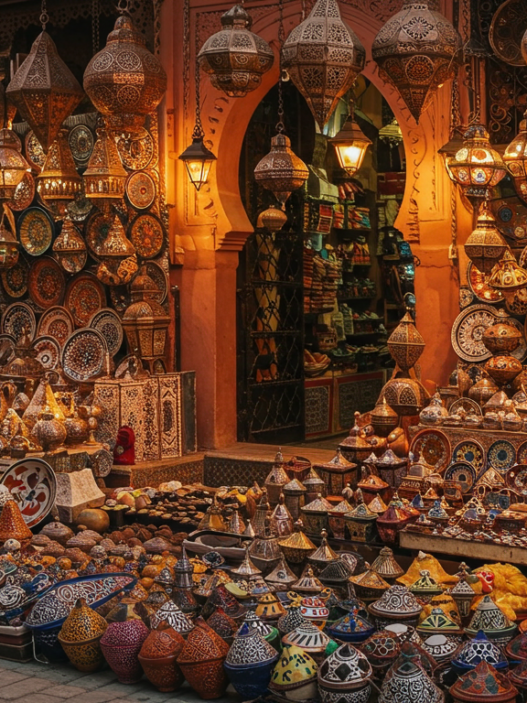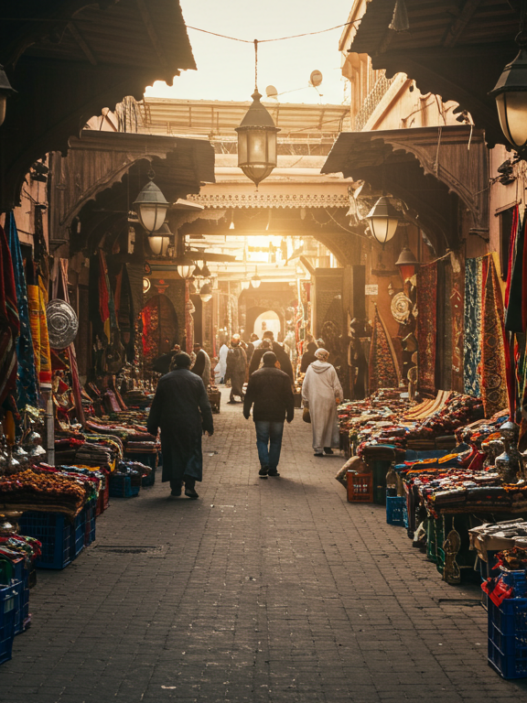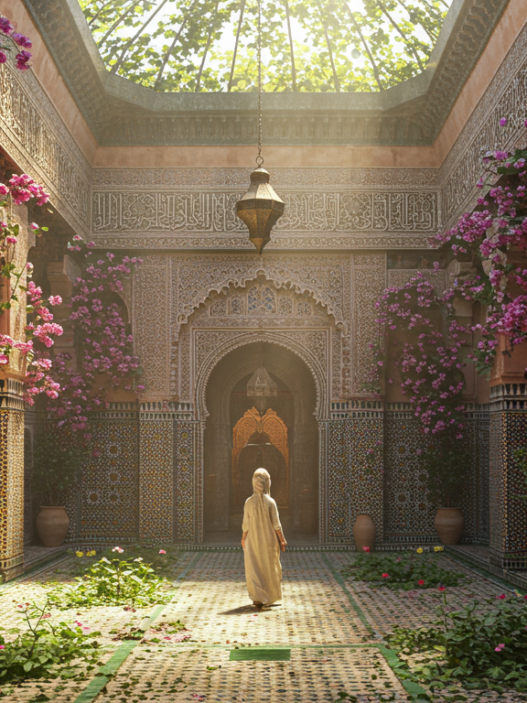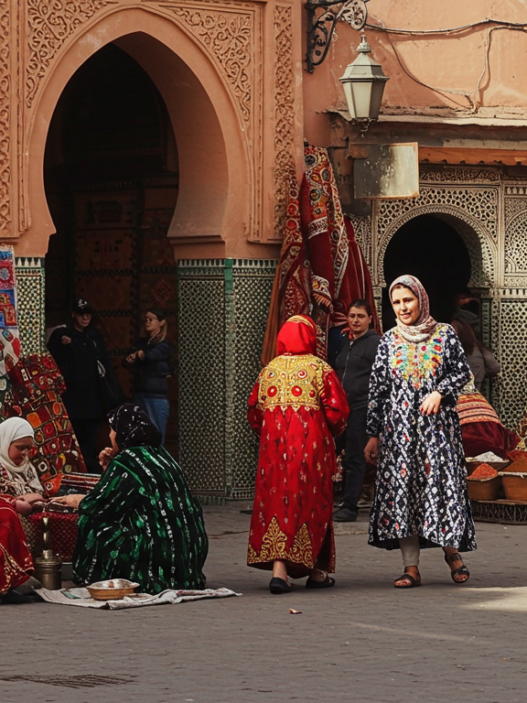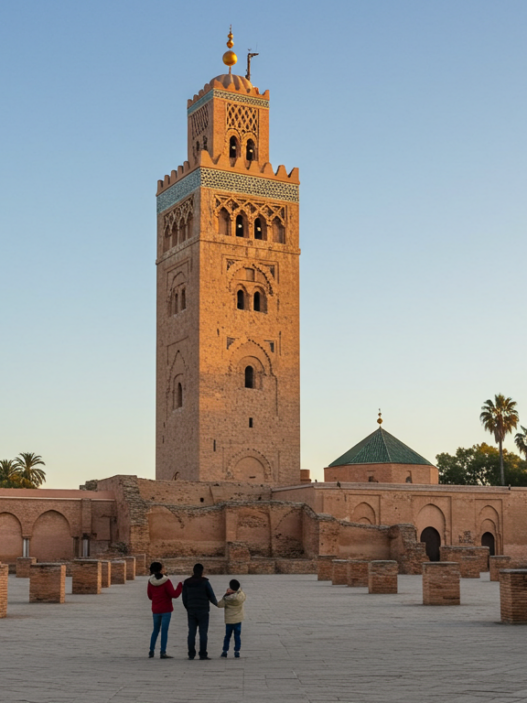Marrakesh, fondly known as the Red City due to its iconic red sandstone buildings and walls, is a vibrant city teeming with rich history and cultural significance. Founded nearly a thousand years ago, this Moroccan jewel has been a crossroads of culture, trade, and innovation. Here’s a dive into the compelling history of Marrakesh and why it remains a must-visit destination for history enthusiasts.
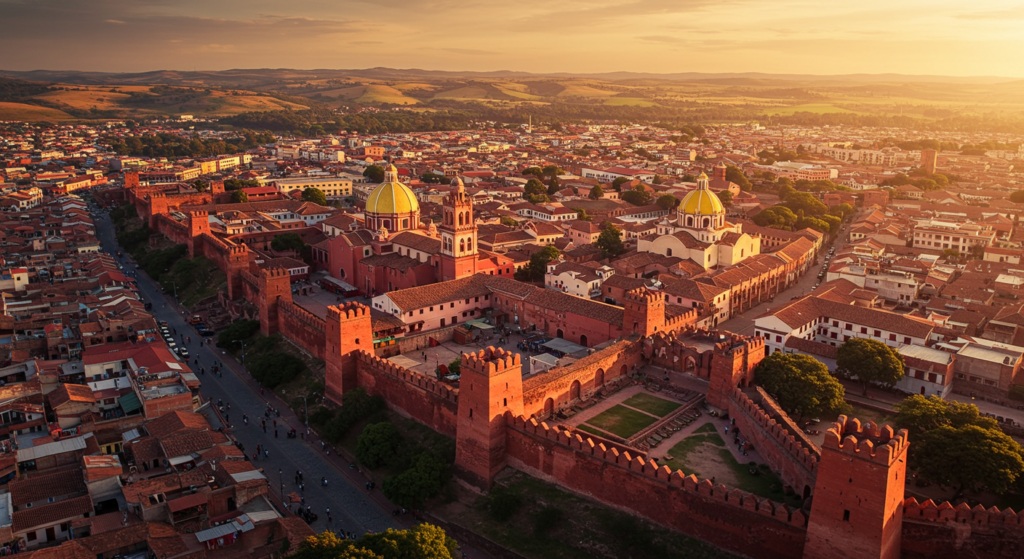
The Founding of Marrakesh
Marrakesh was established in 1070 AD by Abu Bakr ibn Umar, the leader of the Almoravid dynasty. This Berber empire was pivotal in shaping the city into a thriving hub of commerce and religion. The Almoravids constructed mosques, palaces, and the iconic red walls that still stand today, giving the city its nickname. Marrakesh soon became the capital of the Almoravid dynasty, symbolizing their power and architectural prowess.
The Koutoubia Mosque, a masterpiece of Almohad architecture, remains one of the city’s most iconic landmarks. Built in the 12th century, this grand mosque reflects Marrakesh’s significance as a centre of Islamic scholarship and culture.
Marrakesh as a Cultural Melting Pot
Throughout its history, Marrakesh has been a melting pot of cultures, blending Arab, Berber, and Andalusian influences. Its strategic location along ancient trade routes made it a bustling center for merchants from Africa, the Middle East, and Europe. Spices, textiles, and gold flowed through the city, creating immense wealth and fostering a diverse, cosmopolitan atmosphere.
The city also became home to various religious and cultural practices, evident in its intricate architecture and vibrant arts scene. The Medina of Marrakesh, a UNESCO World Heritage Site, encapsulates this blend of influences with its winding alleys, traditional souks, and stunning riads.
The Saadian Era: A Golden Age
The Saadian dynasty, which ruled in the 16th and 17th centuries, ushered in a golden age for Marrakesh. Under Sultan Ahmed al-Mansur, the city experienced a renaissance in art, architecture, and prosperity. The Saadian Tombs, rediscovered in 1917, are a testament to this era’s grandeur, showcasing intricate tilework and ornate designs highlighting the dynasty’s sophistication.
During this time, Marrakesh’s fame spread far and wide, attracting scholars, poets, and travelers who documented its splendor. The city became synonymous with wealth and innovation, influencing other parts of Morocco and beyond.
Colonial Era and Modernization
Marrakesh’s history took a turn during the French Protectorate period from 1912 to 1956. While the French introduced modern infrastructure, they carefully preserved the city’s traditional architecture and cultural heritage. The juxtaposition of old and new is still visible today, with the bustling Medina coexisting alongside modern neighbourhoods like Gueliz.
Post-independence, Marrakesh blossomed into a global tourist destination, celebrated for its unique blend of ancient history and contemporary charm.
Why Marrakesh’s History Matters Today
Marrakesh is more than just a city; it is a living museum of Morocco’s past. Its landmarks, such as the Bahia Palace and El Badi Palace, tell stories of power, art, and resilience. Walking through the Medina feels like stepping back in time, with every corner revealing a piece of history waiting to be explored.
Today, Marrakesh continues to honour its historical legacy while embracing modernity, making it a destination where the past and present coexist seamlessly.
Conclusion
From its founding by the Almoravids to its golden age under the Saadian dynasty, Marrakesh’s rich history is woven into every street, building, and tradition. The Red City’s enduring appeal lies in its ability to transport visitors through time, offering a glimpse into the vibrant cultures and events that shaped Morocco.
A journey to Marrakesh is not just a trip to a city—it’s a journey into history itself.





